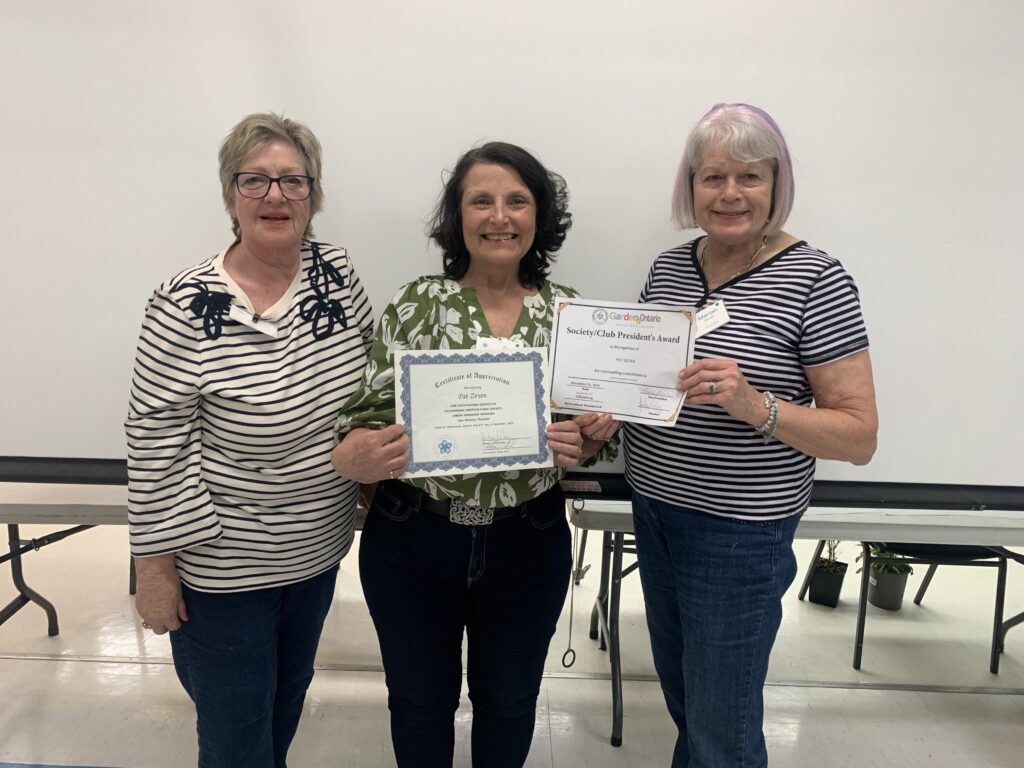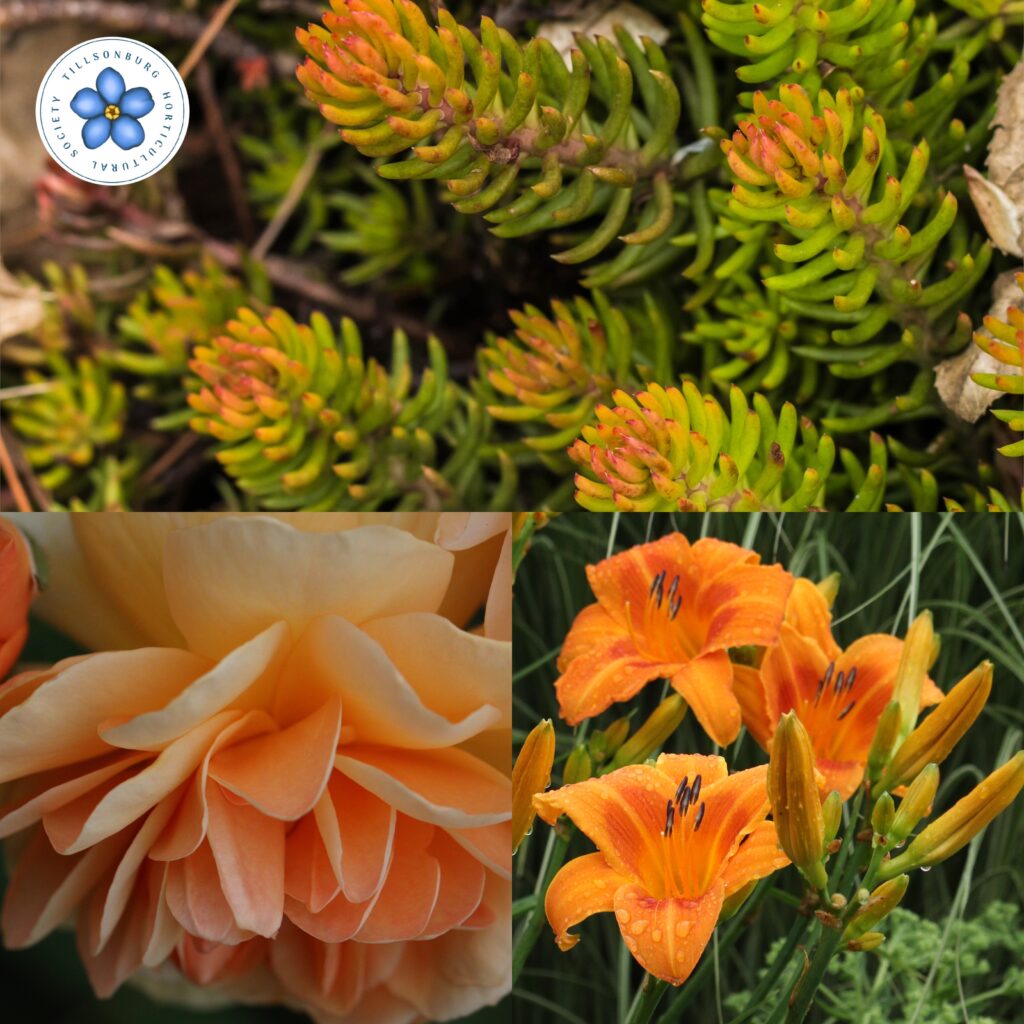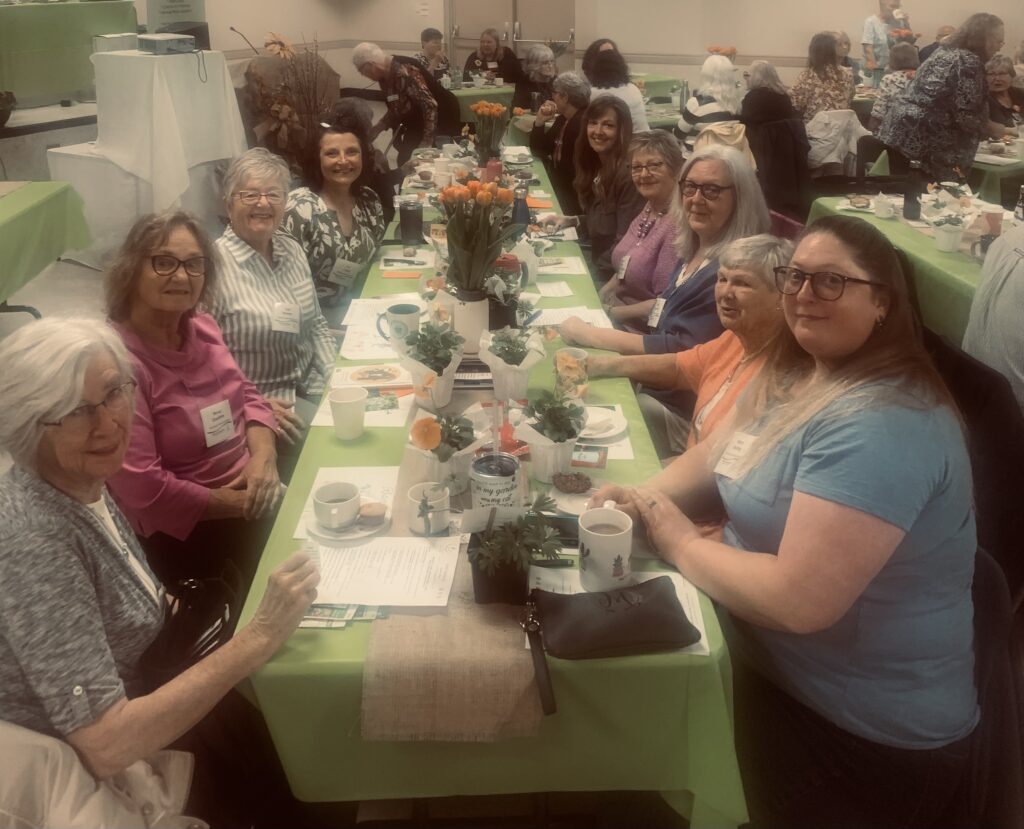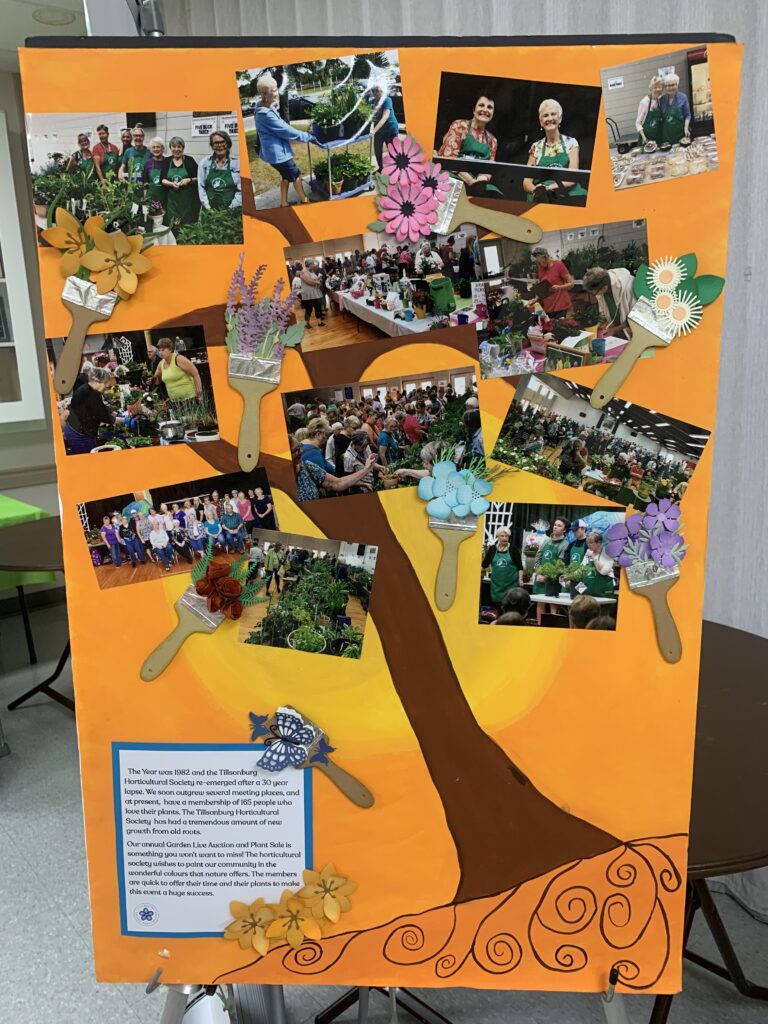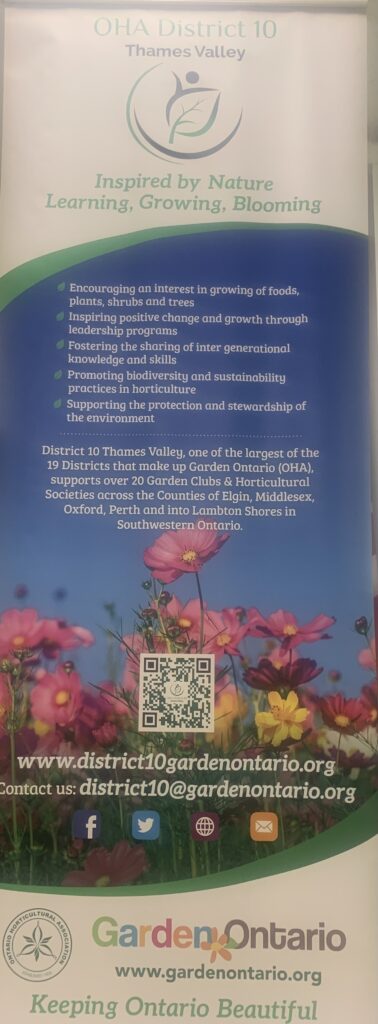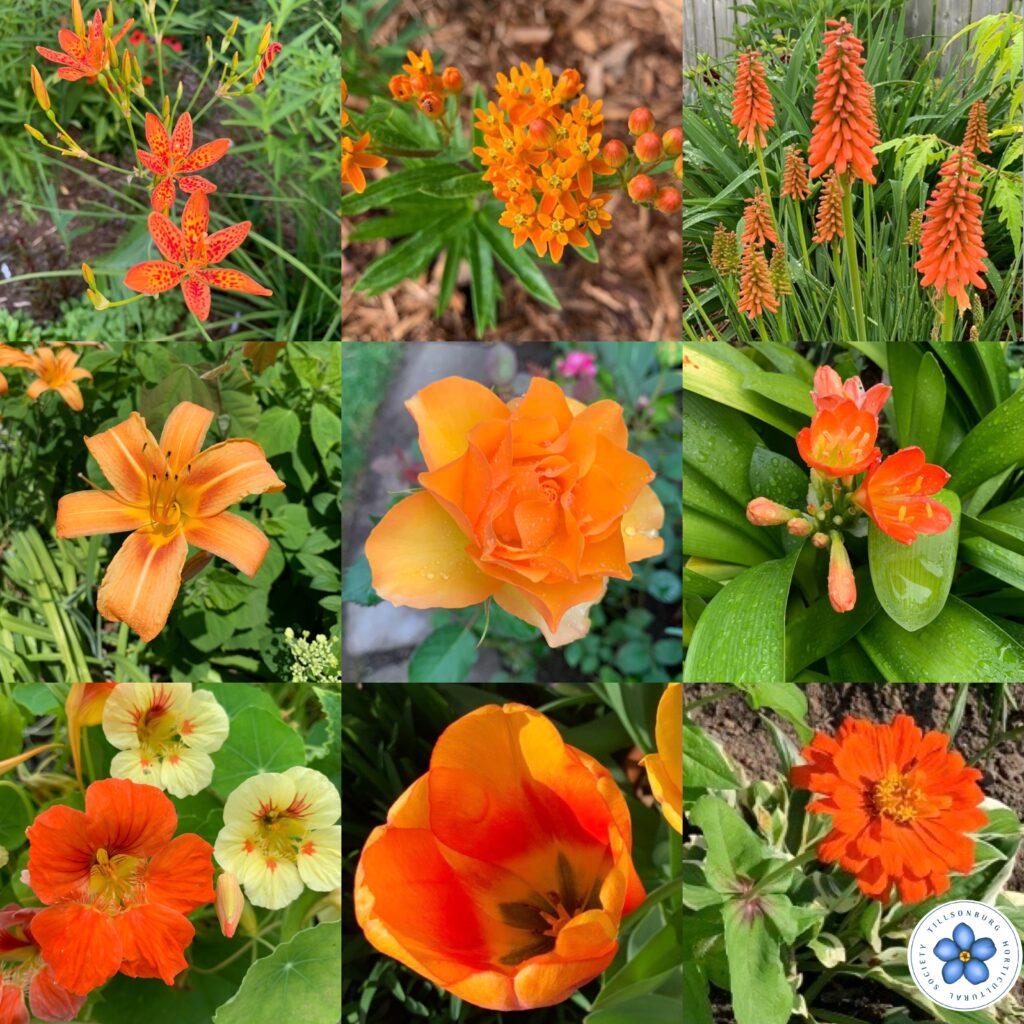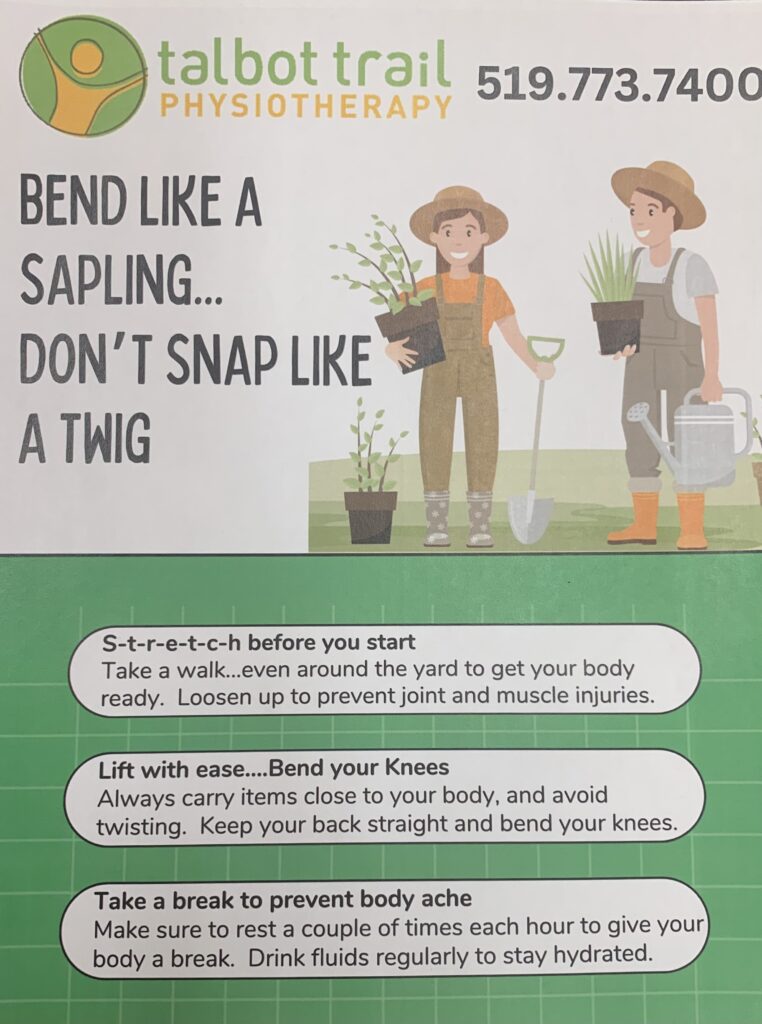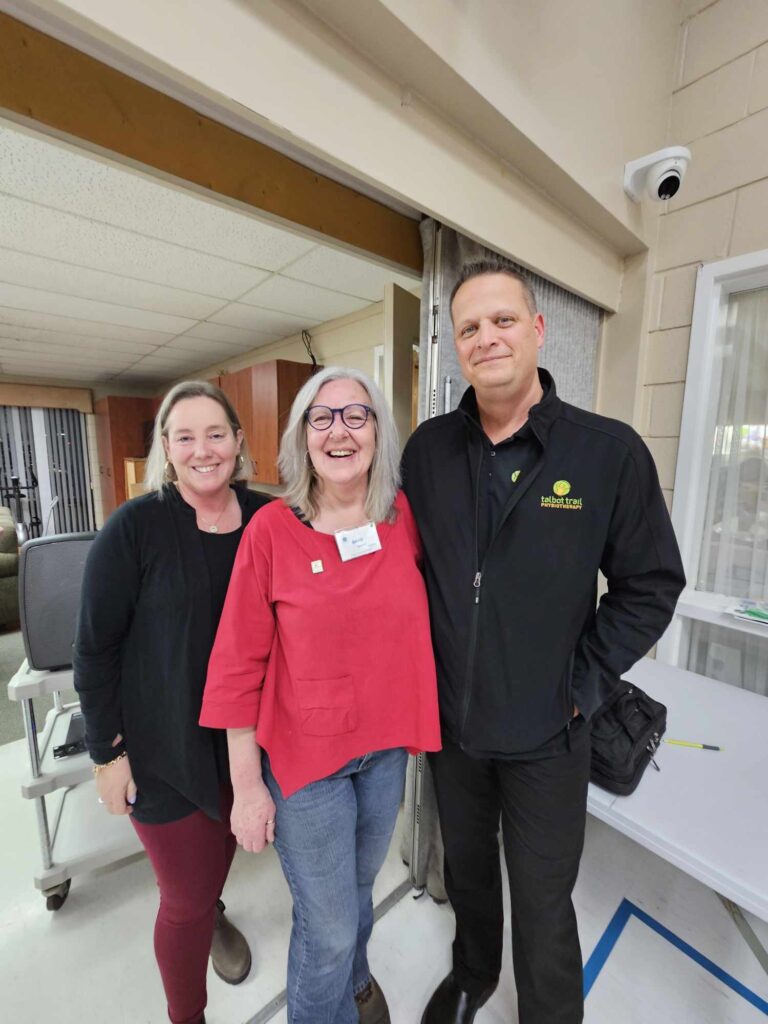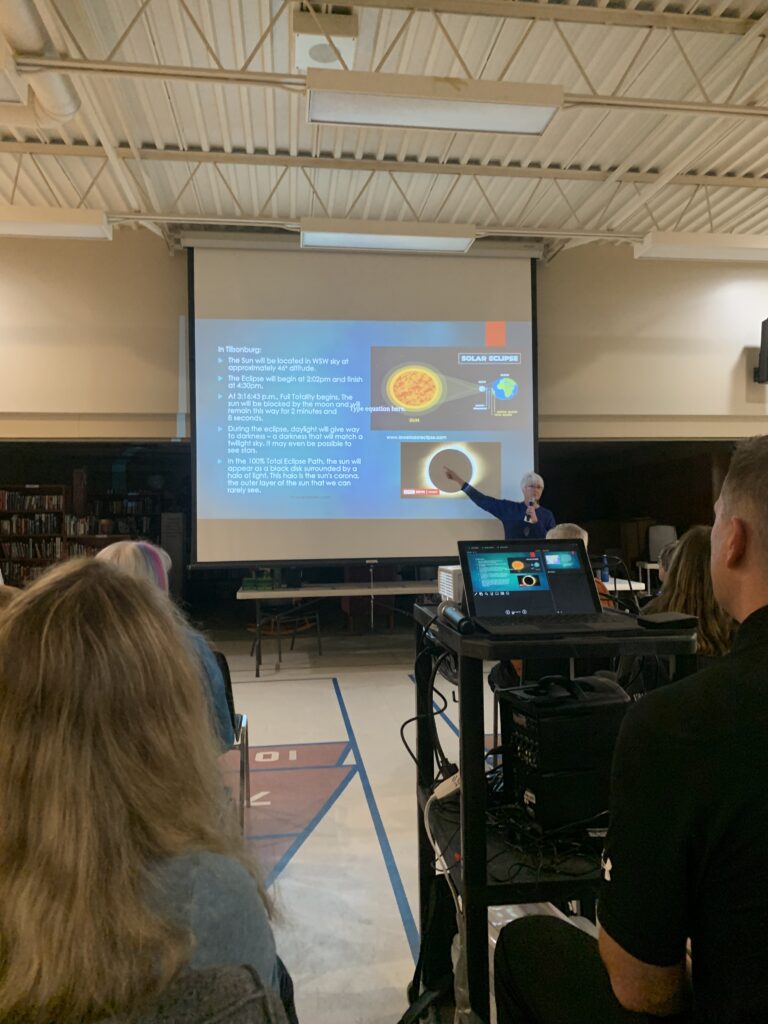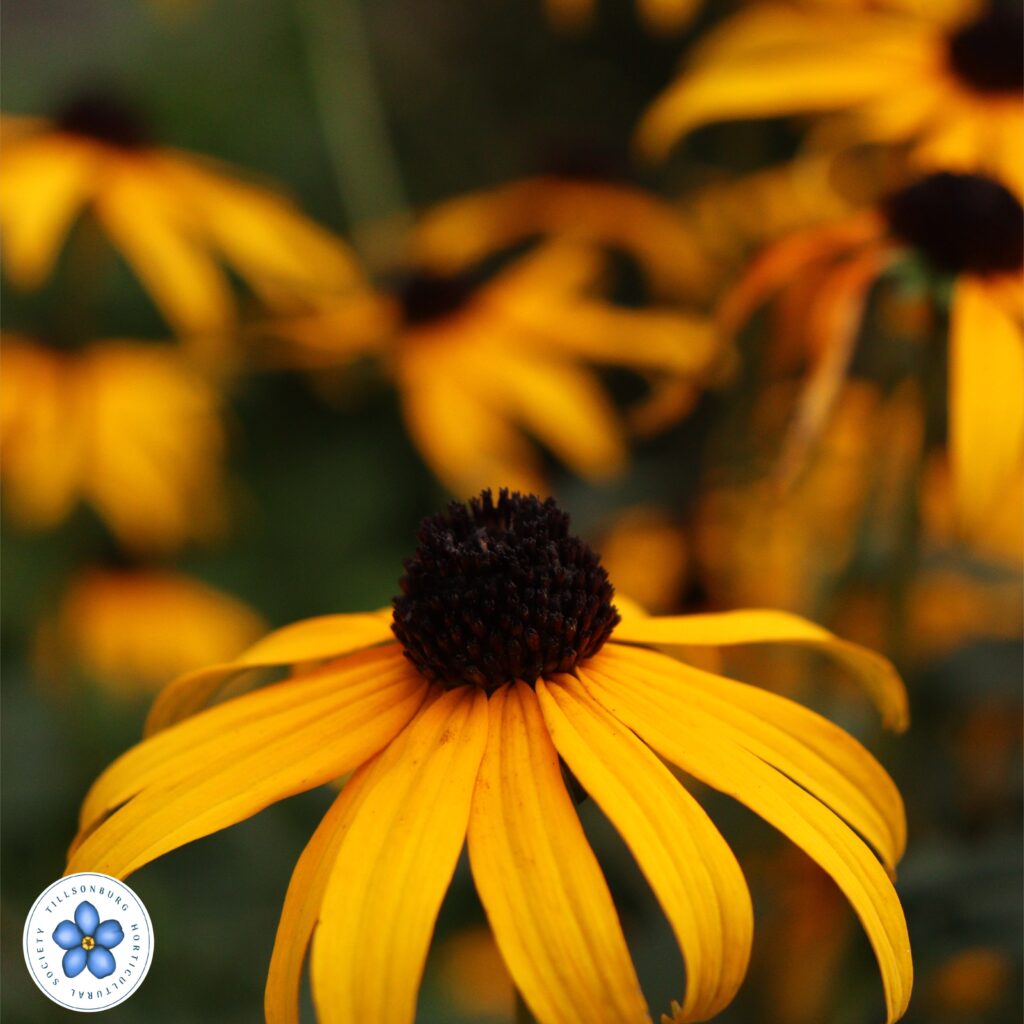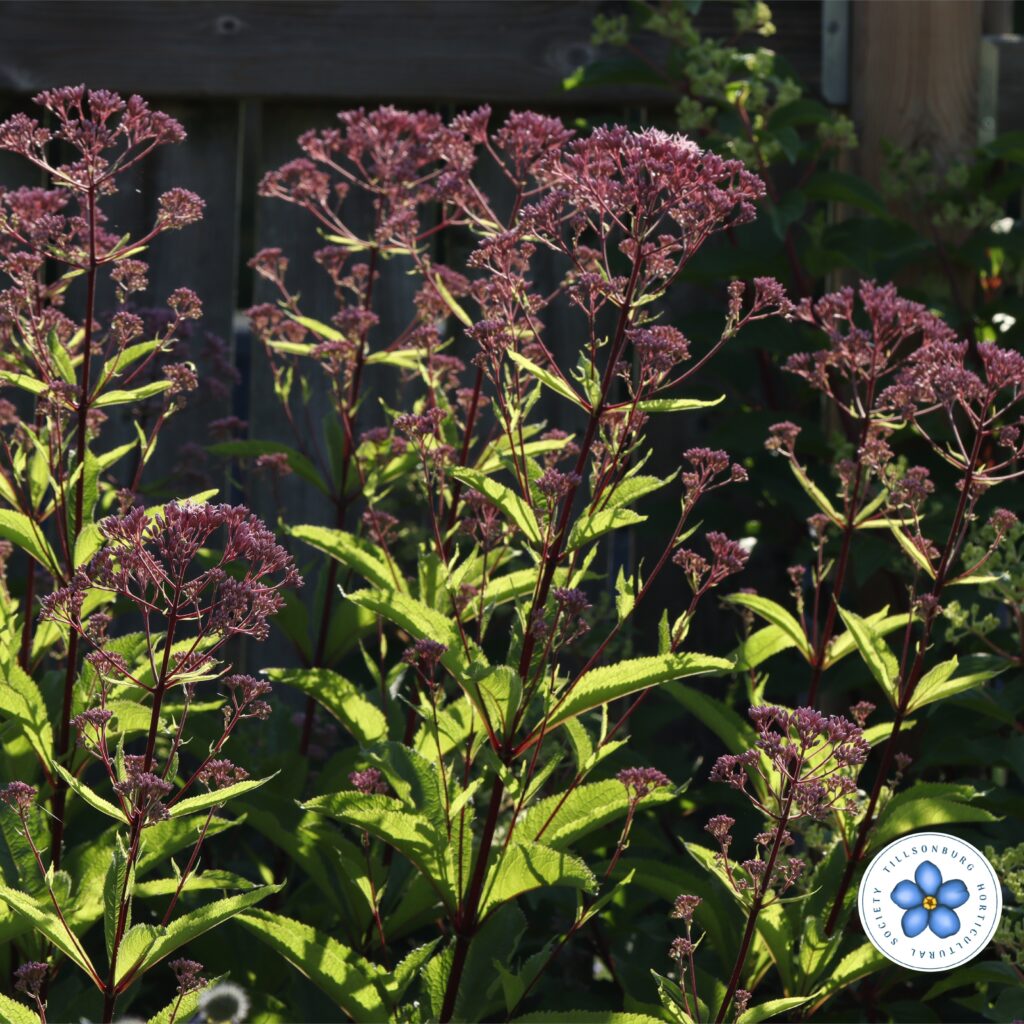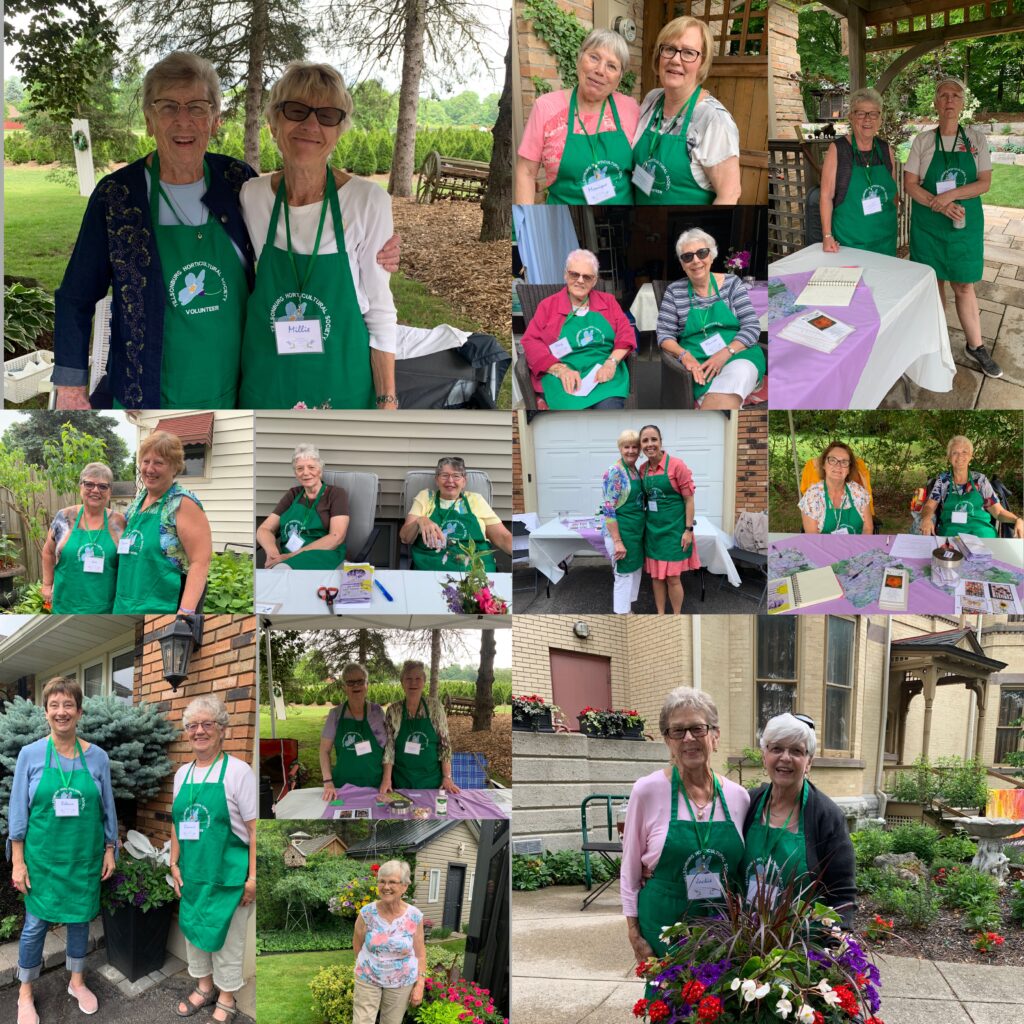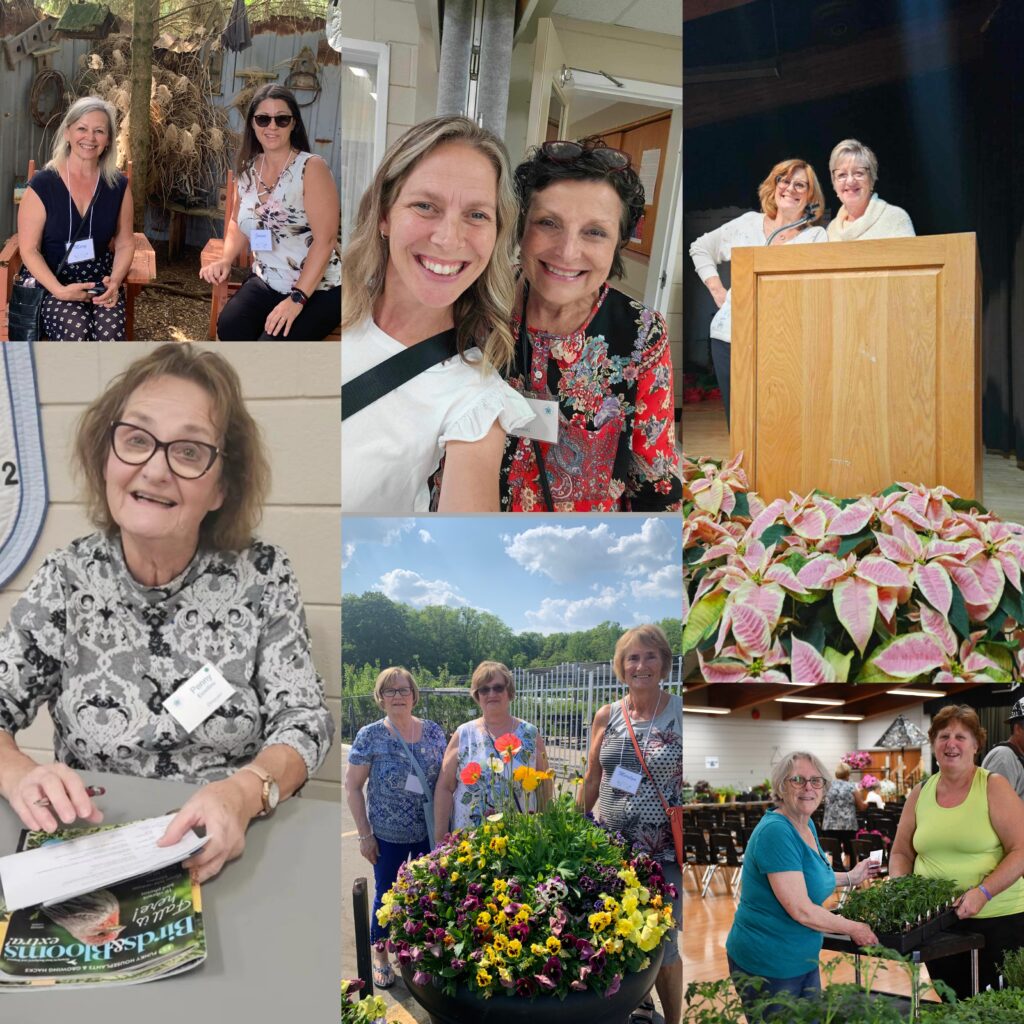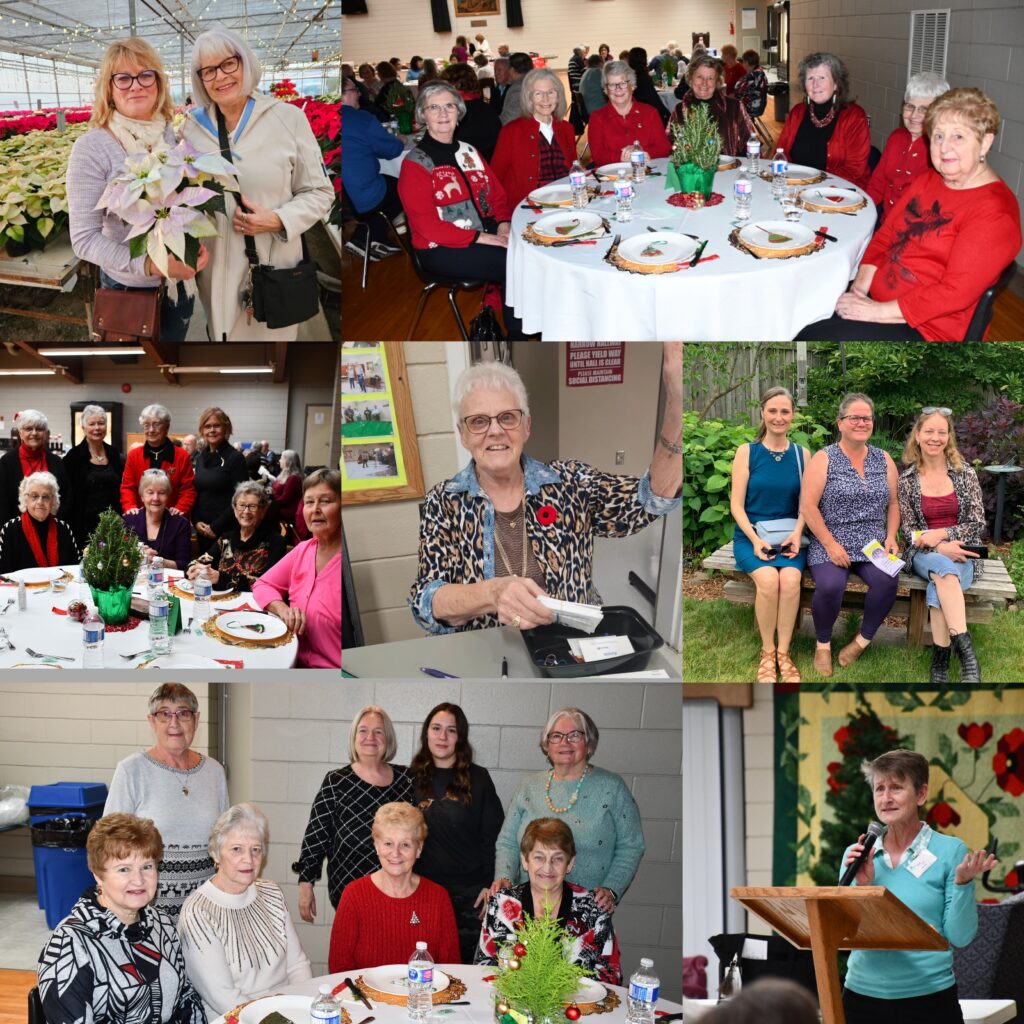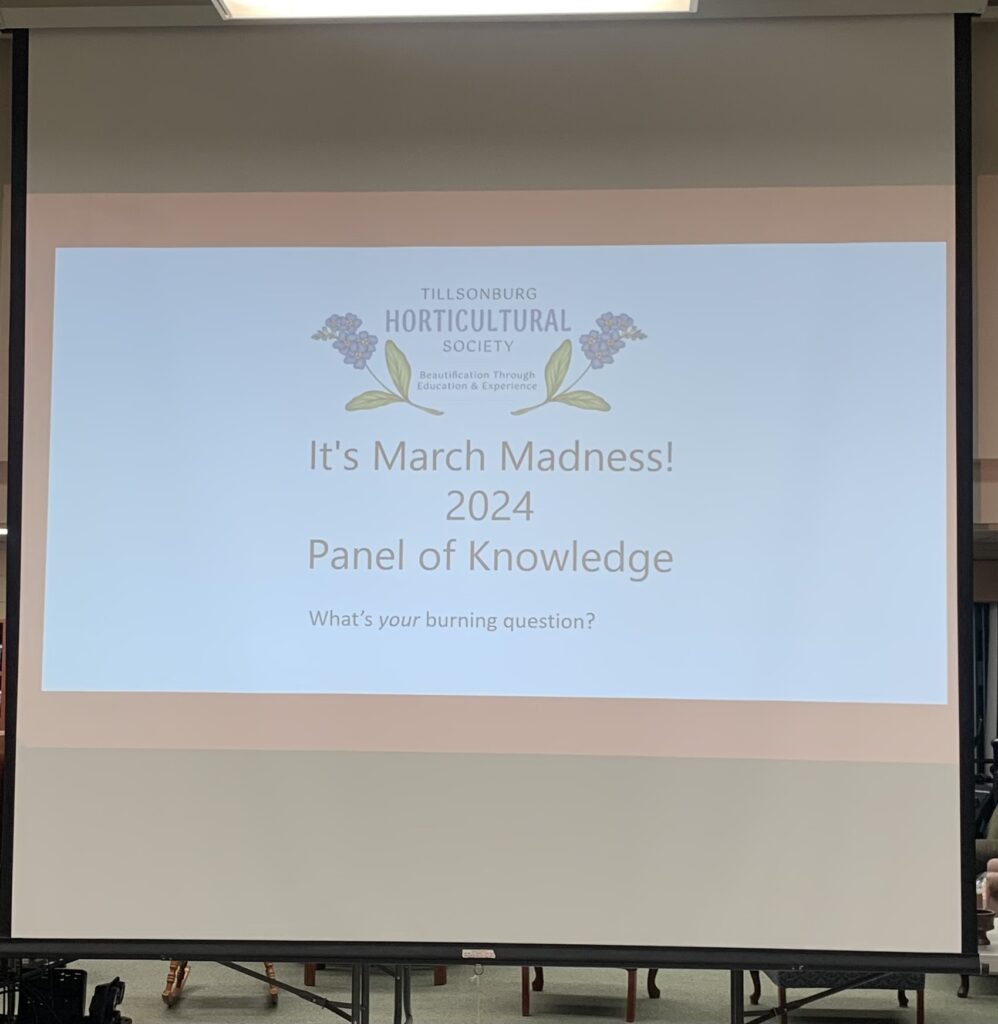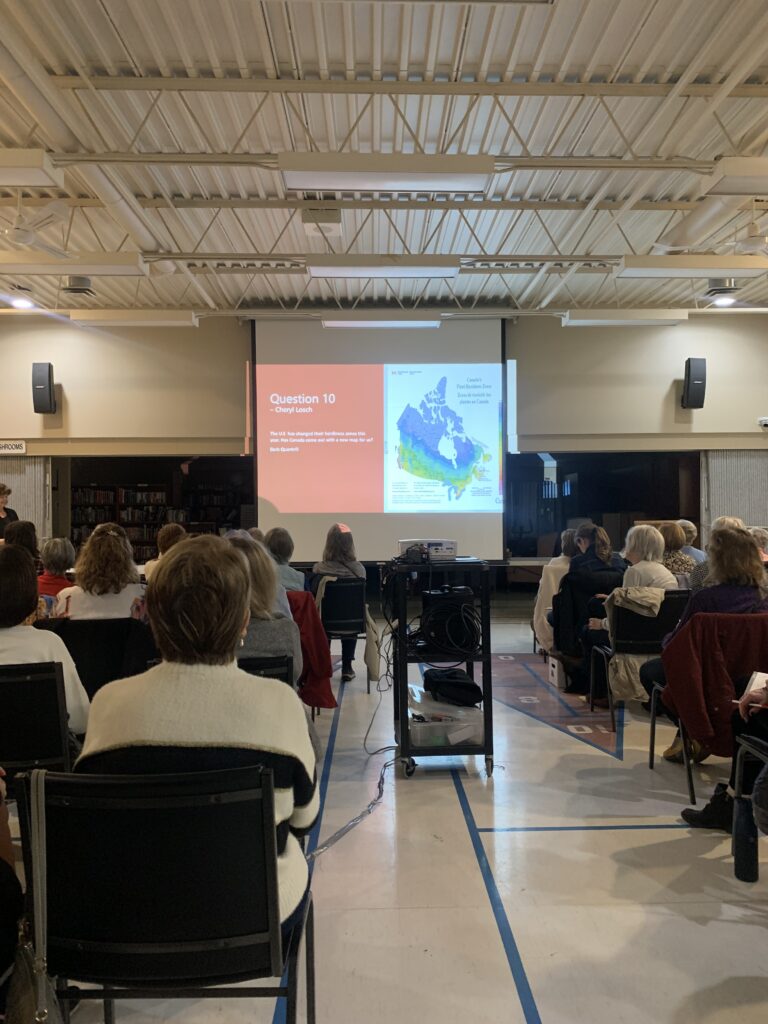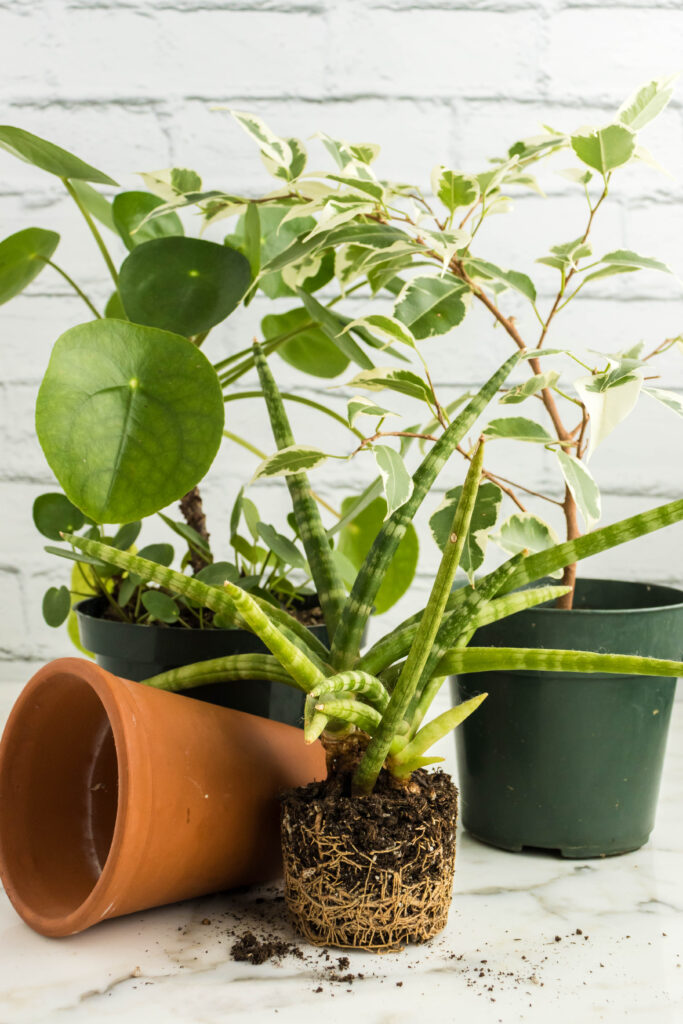President Christine welcomed over 100 members and guests to the May general meeting.
Treasurer Frank shared the current financial report.
Speaker director Barb introduced guest speaker Brandon Thompson of True North Cannabis Co. Brandon shared his personal journey which lead him to cannabis. Brandon stressed that he is not a medical professional and to always seek health medical advice before starting your personal cannabis journey.
Brandon spoke on the history of cannabis. The first and earliest cultivated crops were grown mainly for fibres oils and textiles.
Brandon shared the difference types of cannabis, THC and CBD. Federal Law: Grow from licensed seeds or seedlings up to 4 per residence for personal use.
Cannabis use in the age group 65+ is increasing faster than any age group.😳 Brandon shared the therapeutic benefits and the different ways people can use cannabis.
A very interesting presentation with engaging Q&A.
May is a very active for the THS with the Garden Auction & Plant Sale on May 21st, Spring Buying Tour May 30th, Junior Gardeners Program and our community gardens.
“Support the Hort” – We need volunteers for the 16th Annual Garden & Plant Sale in the morning to prepare for the awesome evening event. Contact a THS director or DM.
The THS plant and nurture 5 garden in the community. We are in need of more volunteers for our commitment. If you can share a few hours of time, please contact a THS director or DM.
Junior Gardeners Director Cathy shared the 2024 program. An independent gardening activity for children age 6-14yrs in the Tillsonburg area. The theme, “A Sensory Garden” to engage the 5 senses with flower, veggies and herbs. Registration forms are available at Tillsonburg Garden Gate, Email tbhsjuniorgardener@gmail.com or on the Tillsonburg Horticultural Website www.tillsonburghorticultural.ca
Christine shared the upcoming summer events – July 2nd Member’s Garden Tour and August 6th Member’s Social & BBQ at Barb Schuster home.
Award and Recognition: The Garden Ontario Society/ Club President’s Award and Certificate of Appreciation were presented to Pat Zeyen for her contributions to the Junior Gardener Program.
Congratulations to Tamara, she was spotted with her “mug” at the May meeting. She received a sweet treat for “Lug A Mug”.
Next General Meeting – June 4,2024 Anne Gooch, “So…What’s A Hosta”


